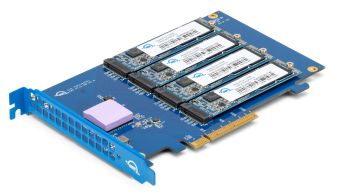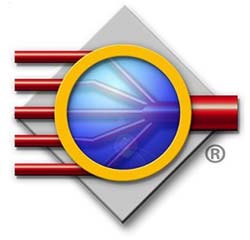Why Go RAID?
A RAID (Redundant Array of Independent Disks) array bests any single-drive storage solution by utilizing multiple drives to offer massive storage space, live data backup, and/or faster data access.
Learn about RAID types in the right side panel »
Thunderbolt External Drives
Choose a complete RAID solution, pre-built by OWC.
-
OWC
ThunderBay Flex 8 8-Drive Solution with Thunderbolt 3 + PCIe Expansion RAID 0/1/4/5/1+0 (10) or JBOD From $2,529.00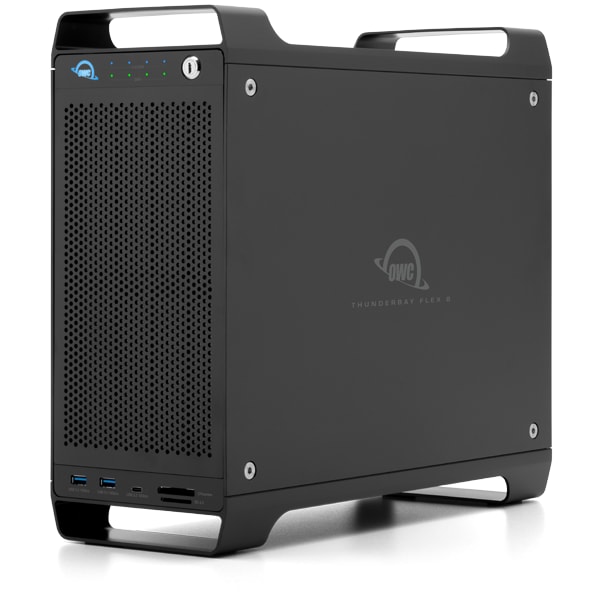
-
OWC
ThunderBay 8 8-Drive Solution with Thunderbolt 3 RAID 0/1/4/5/1+0 (10) or JBOD From $1,479.00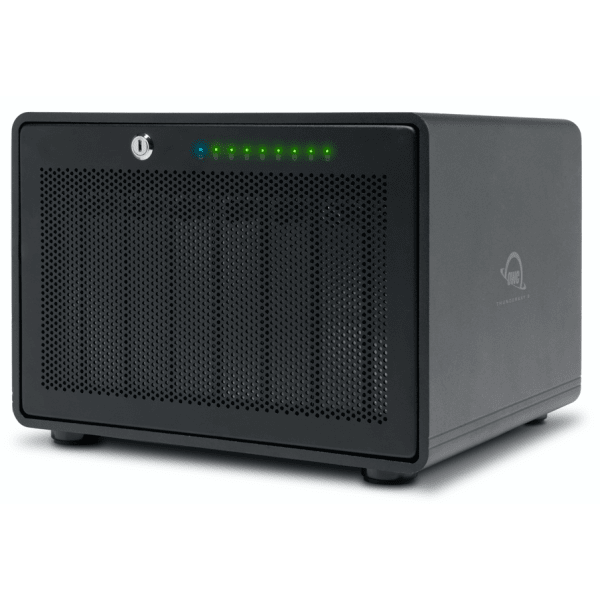
-
OWC
ThunderBay 4 4-Drive Solution with Thunderbolt 3 RAID 0/1/4/5/1+0 (10) or JBOD From $879.00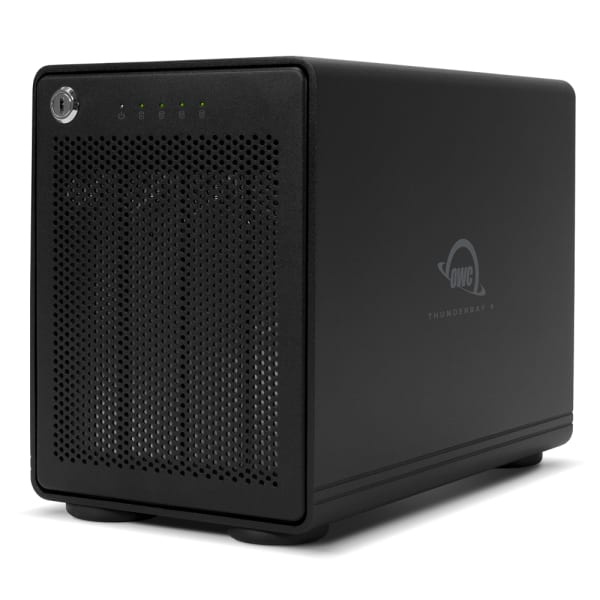
-
OWC
Express 4M2 4-Bay Enclosures for NVMe M.2 SSDs RAID 0/1 or JBOD From $249.00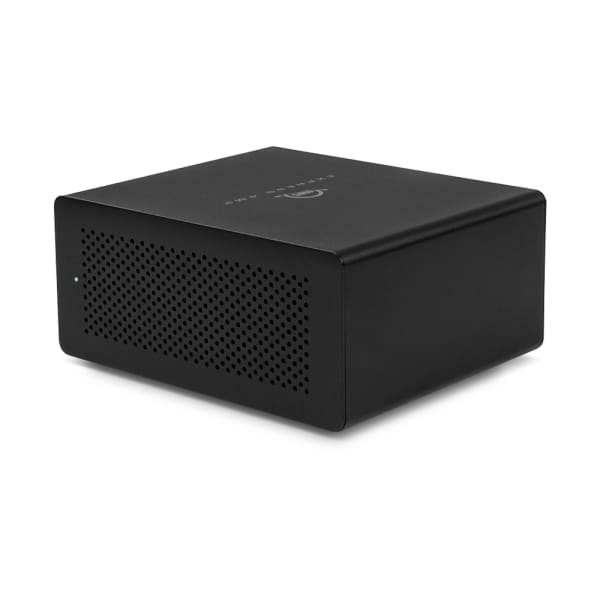
-
OWC
Mercury Elite Pro Dock Thunderbolt 3 Dock + Dual-Drive Solution RAID 0/1 or JBOD, Span From $398.88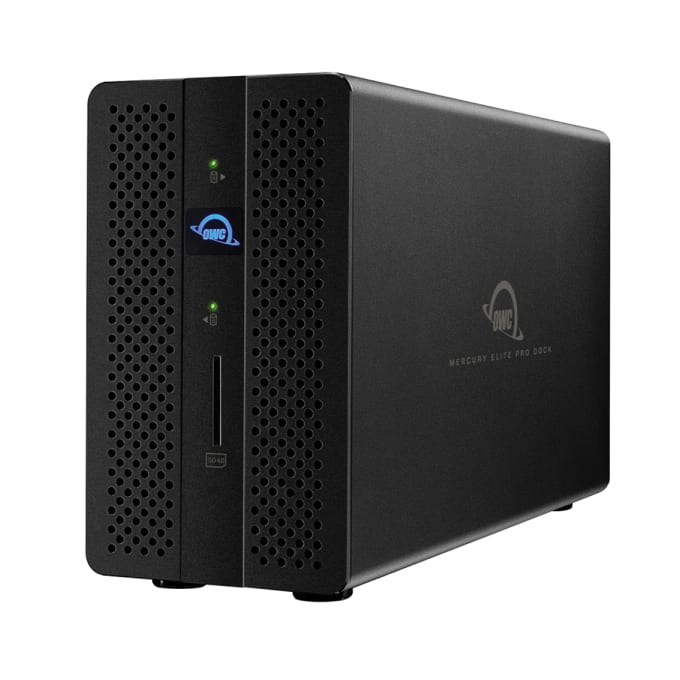
-
OWC
Mercury Elite Pro Dual Dual-Drive Solution with Thunderbolt 3 RAID 0/1 or JBOD, Span From $369.00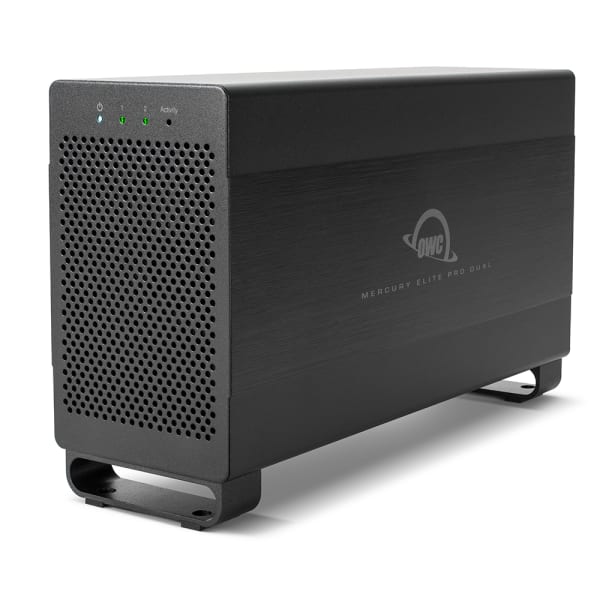
USB, eSATA & FireWire External RAID Drives
Choose a complete RAID solution, pre-built by OWC.
-
OWC
Mercury Elite Pro Quad 4-Drive Solution with USB RAID 0/1/4/5/1+0 (10) or JBOD From $599.00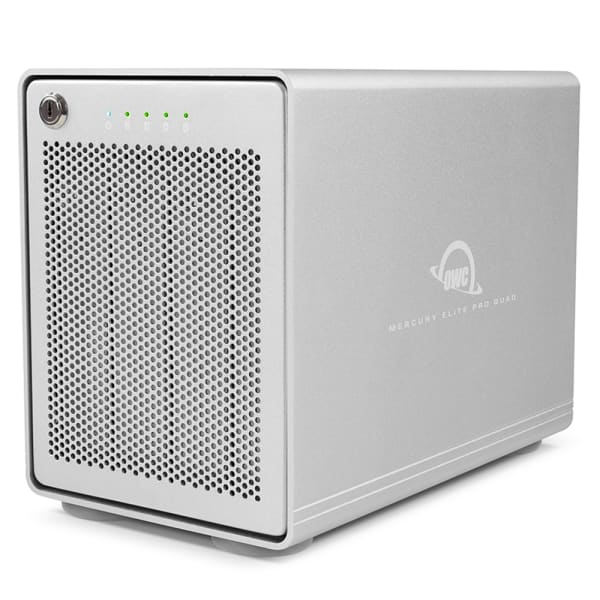
-
OWC
Mercury Elite Pro Dual with 3-Port Hub Dual-Drive Solution with Powered USB Hub RAID 0/1 or JBOD, Span From $299.00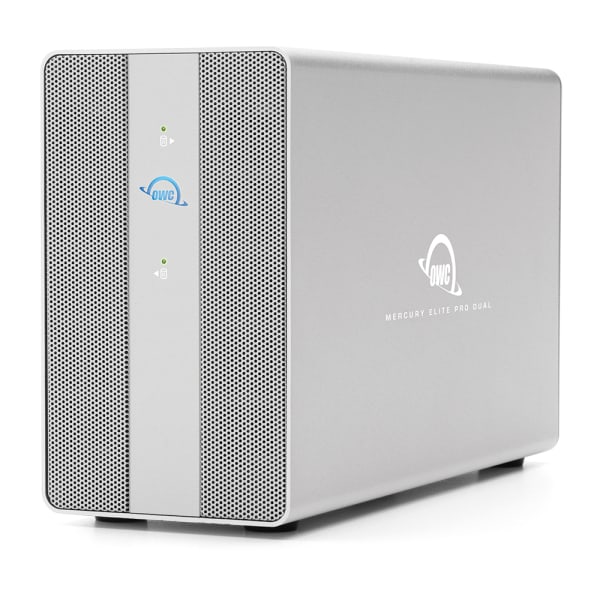
-
OWC
Mercury Elite Pro Dual Dual-Drive Solution with USB + eSATA RAID 0/1 or JBOD, Span From $219.00
-
OWC
Mercury Elite Pro Dual Dual-Drive Solution with USB + FW800 RAID 0/1 or JBOD, Span From $199.00
Build Your Own RAID
Interested in the complete DIY approach? OWC carries the RAID components you'll need.
RAID 0 (Stripe)
Data is split into blocks over two or more drives at same time for high speed and large capacity.
Capacity

Data Safety

Performance

RAID 1 (Mirror)
Data is written at same time to two drives only for highest level of data safety and redundancy.
Capacity

Data Safety

Performance

RAID 10 (1+0)
Data is Striped (RAID 0) over two Mirrored sets (RAID 1) of drives for fast redundancy.
Capacity

Data Safety

Performance

RAID 5 (Stripe with Parity)
Data is Striped (RAID 0) while incorporating parity over three or more drives for the best combination of speed, capacity, and redundancy.
Capacity

Data Safety

Performance

JBOD
(Just a Bunch Of Disks/Drives)
Each disk shows up as an individual logical volume on the computer. A 4 bay unit populated with drives will have 4 logical drives show up on the computer.
Capacity

Data Safety

Performance

Span (N-RAID)
Combines capacity of two or more drives of varying size without any RAID data distribution scheme into one logical desktop volume.
Capacity

Data Safety

Performance


